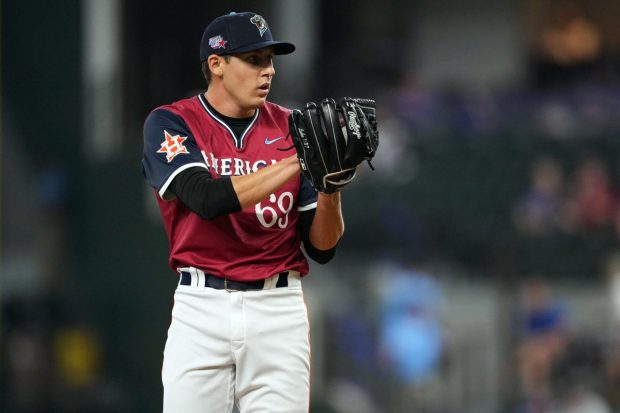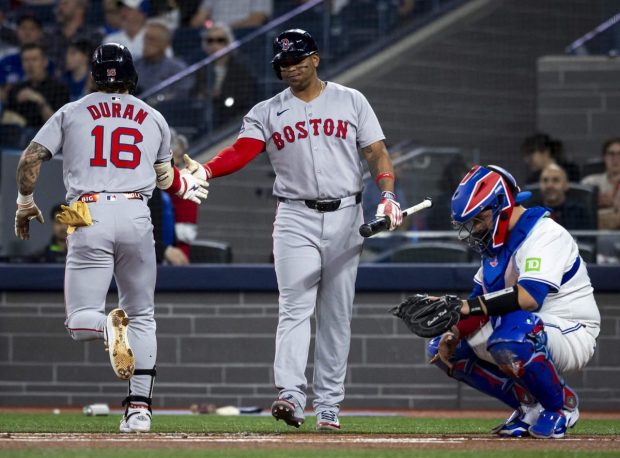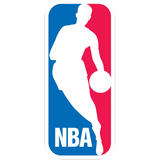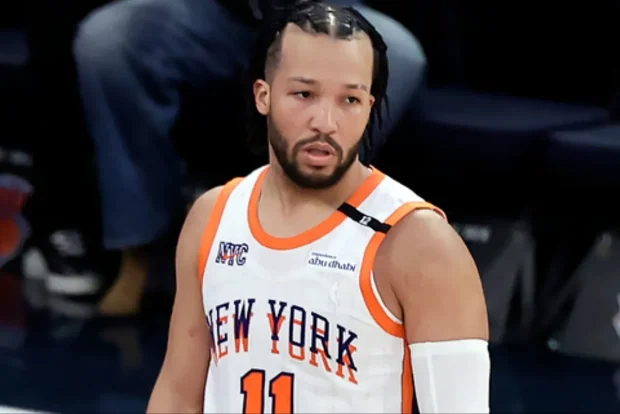
The NHL’s great flattening has been happening for a while, but it was especially evident in free agency last summer.
Of the top 40 UFAs who changed teams, the vast majority were from teams that had made the playoffs that year. And nearly 60 percent of them ultimately signed with teams lower in the standings, with the Seattle Kraken, Chicago Blackhawks, San Jose Sharks and Nashville Predators snapping up a lot of the overpriced talent.
Advertisement
Steven Stamkos, Jonathan Marchessault and Brady Skjei to Nashville. Brandon Montour and Chandler Stephenson to Seattle. Teuvo Teravainen, Tyler Bertuzzi and Alec Martinez (among others) to Chicago. Tyler Toffoli and Alex Wennberg to San Jose. Sean Monahan to Columbus. You get the idea.
They weren’t the best players on their previous teams, but they were key contributors, depth-wise — the types of 25-goal scorers who boost second lines and top four defensemen who separate contending teams from the pack.
Then you can add in two quality young players (Philip Broberg and Dylan Holloway) from the ninth-place Edmonton Oilers signing offer sheets with the 16th-place St. Louis Blues. And 27th-ranked Utah HC pulling in two quality defensemen in Mikhail Sergachev and John Marino from Tampa Bay and New Jersey. And the Senators solved their goaltending woes, pulling in 2023 Vezina winner Linus Ullmark from Boston.
Bit by bit, talent was sucked from the top of the league and redistributed, going to teams that were flush with cap space and hoping to improve. The impact of the NHL having just $8.5 million in salary-cap growth spread over six seasons due to the pandemic was punishing to a lot of teams’ depth.
Did it always work out for the teams on the bottom, overpaying for free agents? Hardly. In fact, most of the teams that spent big last summer ended up back at the bottom of the table, with only a worse cap sheet to show for it. But St. Louis improved and returned to the postseason. So did Ottawa, after a long absence.
These days, the NHL’s parity isn’t evenly distributed, as we’re seeing plenty of teams — hello, Buffalo — lose year after year due primarily to managerial incompetence. But what all this annual rebalancing has done is bunch the contenders closer together, increasing the level of parity at the top of the league to the point that the playoffs this year will be more closely matched than ever.
Advertisement
The standard deviation of the NHL’s 16 playoff-bound teams’ points percentage is the lowest it has ever been (0.045) in the salary-cap era.
By our model’s calculations, as shown in the graphic below, 10 teams have a 6 percent or better chance of winning the Stanley Cup — including nine who sit in a narrow band between 10 and 6 percent. That’s a higher degree of parity at the top than we’ve had in our pre-playoff probabilities at The Athletic before, according to our stats man Dom Luszczyszyn.
What does that all mean?
Well, for one, good luck picking a favorite in this field. The Jets seem to have the best Stanley Cup odds going in thanks to Connor Hellebuyck, but they also have an extremely difficult path, with their first-round opponent — the Blues — posting the NHL’s best record (19-4-3) since the 4 Nations Face-Off break in mid-February.
Similarly, the Canadiens are the league’s fourth-best team in that stretch (15-5-6) and the Senators are seventh (16-7-3). Even the supposed pushover teams are coming in hot, in other words, and likely to be a handful for the top teams.
The postseason this year will likely be murder on your playoff brackets and fantasy pools, but it’ll be fantastic theater. There are going to be major upsets, and there are going to be long overtime games and long series.
If you’re watching as a neutral party, enjoy the chaos.
There have been debates in hockey circles ever since the salary cap came back in 2005 about whether the NHL has gone too far in terms of competitive balance. That, I think, depends on your perspective, as there were certainly competitiveness problems the other way for small-market teams given how the cap-less league functioned in the Dead Puck Era.
The thing, too, is this sport is always going to have an extreme element of luck to it, with goalies getting hot, low-scoring games and random bounces deciding series. That’s never going away.
Advertisement
But what’s undeniable is there’s nothing resembling a super team in the league anymore, with no roster particularly close to what the Blackhawks, Kings, Penguins and Lightning teams that strung together multiple Cups in earlier cap-era postseasons rolled out.
Every roster this season has obvious holes and flaws. And even the game’s superstars are often saddled with less than super linemates.
MVP frontrunner Leon Draisaitl’s most frequent linemate this season, for example, has been Vasily Podkolzin, who had all of eight goals and 24 points in 82 games for the Oilers. Our top-ranked powerhouse Winnipeg has 11-goal, 38-point man Vladislav Namestnikov as its second-line center.
The Maple Leafs have a group of bottom-six forwards that have hardly scored this season and are set to lean heavily on a goalie in Anthony Stolarz who, at age 31, has never started a playoff game. The Lightning’s third-highest minute defenseman is J.J. Moser, who most hockey fans wouldn’t be able to name, let alone pick out of a lineup.
The Hurricanes only had two players hit the 50-point mark and no one with more than 74. Florida is understandably beat up and diminished after two consecutive runs to the finals, with Matthew Tkachuk unlikely to be at full strength.
Dallas, too, is likely to be significantly hampered by injuries to two of its best players, Miro Heiskanen and Jason Robertson. The Avalanche traded one of their top players, Mikko Rantanen, in midseason to avoid losing him for nothing in free agency and have struggled to get enough from their depth this season.
And those eight clubs are the very best teams in the league.
Don’t mistake those various weaknesses as an indictment of the NHL’s mediocrity, however. Most of the worst that the league has to offer has been weeded out after 1,312 regular-season games. The playoffs will feature most of the top players in the league going head-to-head, with a higher skill level than ever, and will be well worth watching.
Advertisement
Just don’t expect to be able to easily separate the contenders from the pretenders among the final 16 because basically anyone that’s made it this far has a chance. Even the experts are guessing when we make our picks.
This is one year to take a chance on the underdogs.
They’ve never had a better shot.
(Photo: Minas Panagiotakis / Getty Images)
This news was originally published on this post .










Be the first to leave a comment